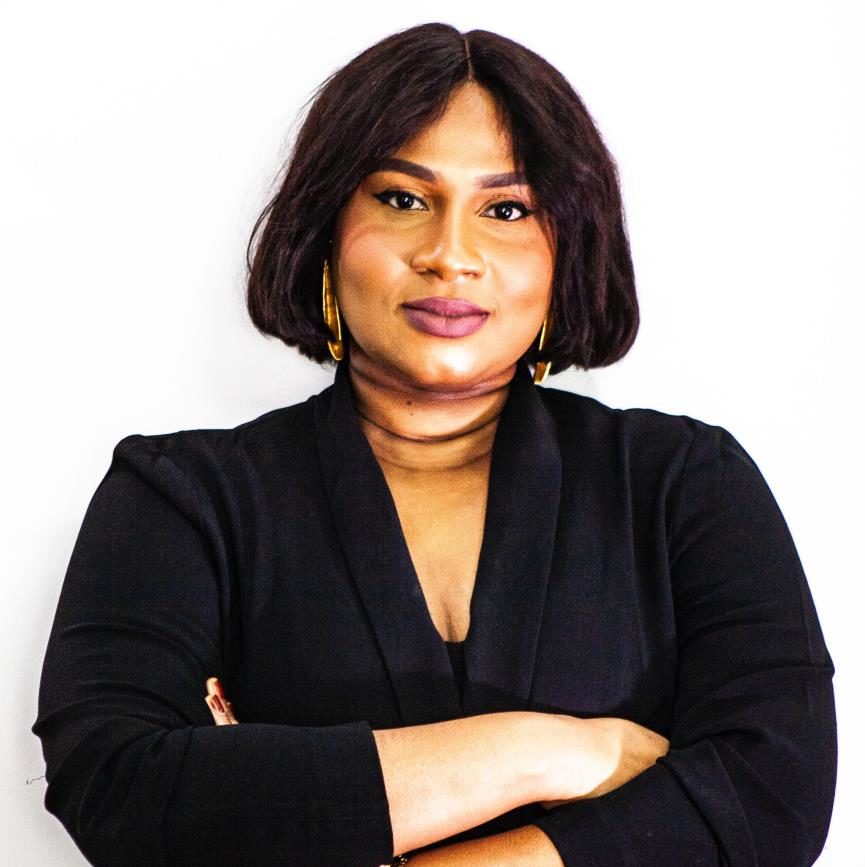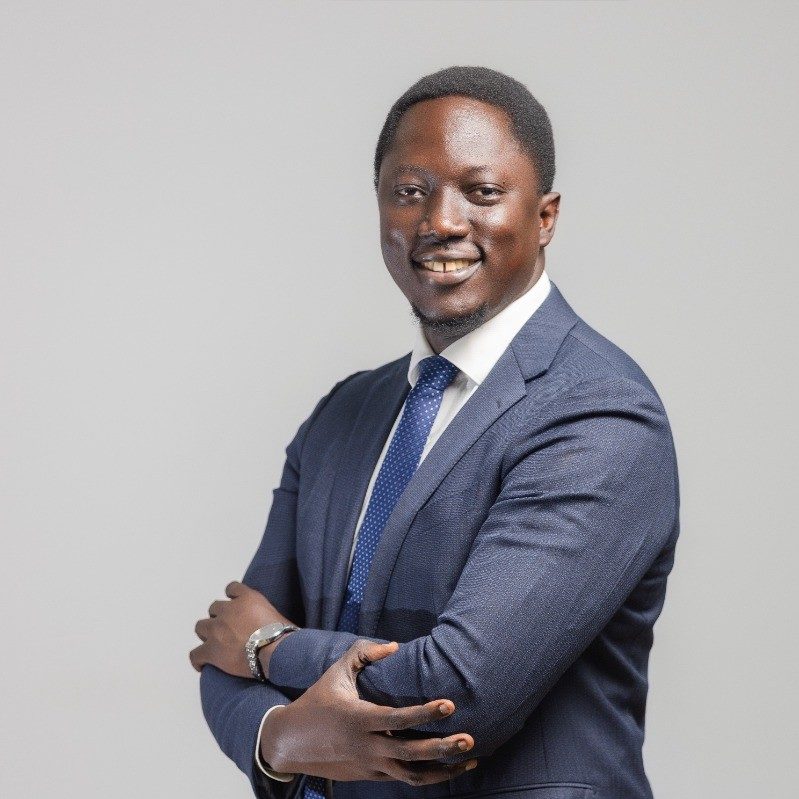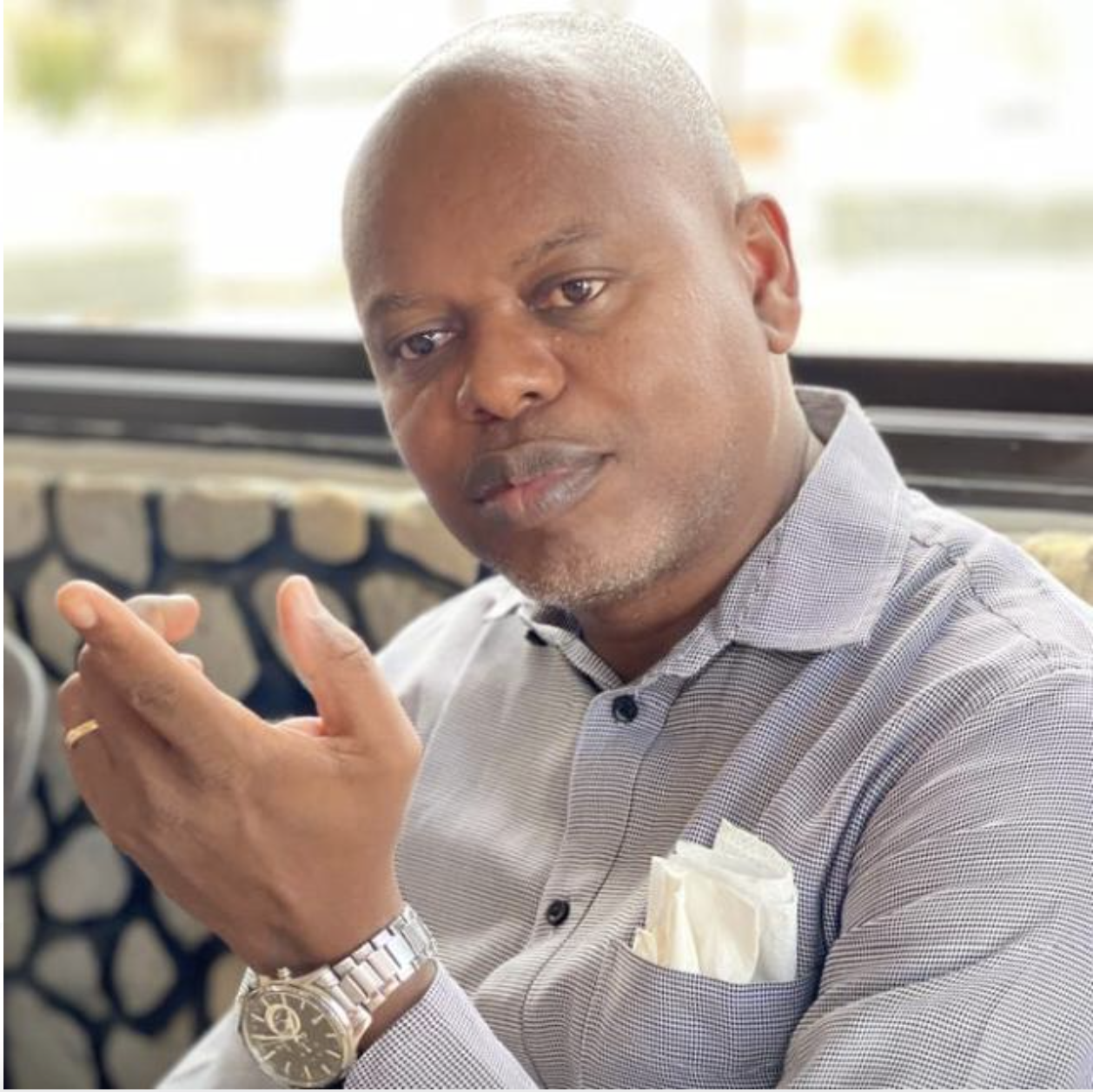A true leader is not recognized by their ability to do everything… but by what still works in their absence. That’s the key difference between a front-runner and a conductor. An effective leader doesn’t centralize everything. They build an organization that breathes, functions, and grows, even when they’re not around.
When everything depends on one person, the system is fragile. As soon as that person steps away, things slow down — or collapse. On the other hand, when a leader shares effective methods, empowers their teams, and helps others grow in skills and autonomy, the team keeps moving forward with the same energy, direction, and cohesion. That is the real test of leadership: what remains and continues without you, not what you control every day.
A good leader trains, structures, and anticipates. They create a strong company culture, a sense of belonging, and most importantly, a system where every member feels capable, valued, and driven. A great leader doesn’t seek to shine alone, they want the light to spread. A solid system, a committed team, a strong dynamic (all keep going), with or without them. That’s one of the first signs of mature and empowering leadership.
What a True Leader Leaves Behind
A true leader does not create dependency. They build:
– autonomous teams, able to take initiative;
– clear processes that don’t rely solely on their validation;
– a stimulating work environment where everyone feels they’re learning and growing.
This sense of belonging then becomes a powerful lever: team members feel valued, heard, supported. They are not afraid to fail because they have room to grow. And above all, they don’t wait for “the boss” to act.
Knowledge Transfer: The Foundation of Sustainable Leadership
A leader who doesn’t share knowledge holds their team back. They slow down innovation, block momentum, and monopolize decisions. On the contrary, transferring knowledge secures the organization in times of transition, allows new talents to emerge, and helps the team grow collectively. Sharing isn’t losing power, it’s creating more.
Too often, in African organizations, certain leadership figures adopt a highly centralized, almost monarchical posture. Everything revolves around them. Every decision, every validation, every initiative depends on their approval. But what happens when they’re absent or leave the role? Systems stall. Morale drops. Structures crumble — and sometimes, everything falls apart.
It’s time to leave this model behind.
The Mindset Shift We Need for Stronger African Leadership
To nurture resilient leaders who can drive lasting collective projects, we must shift our mindset:
- Trust others: delegate, share responsibilities.
- Create learning opportunities: train, expose, empower.
- Value collective intelligence: listen, co-create, decide together.
- Step back sometimes to let others rise.
This is not a sign of weakness — it is a sign of vision. A leader doesn’t shine alone; they illuminate others and build systems, not thrones.
Africa needs leaders who train, share, and empower — not all-powerful rulers. We need builders of teams, of talent, and of the future.


















